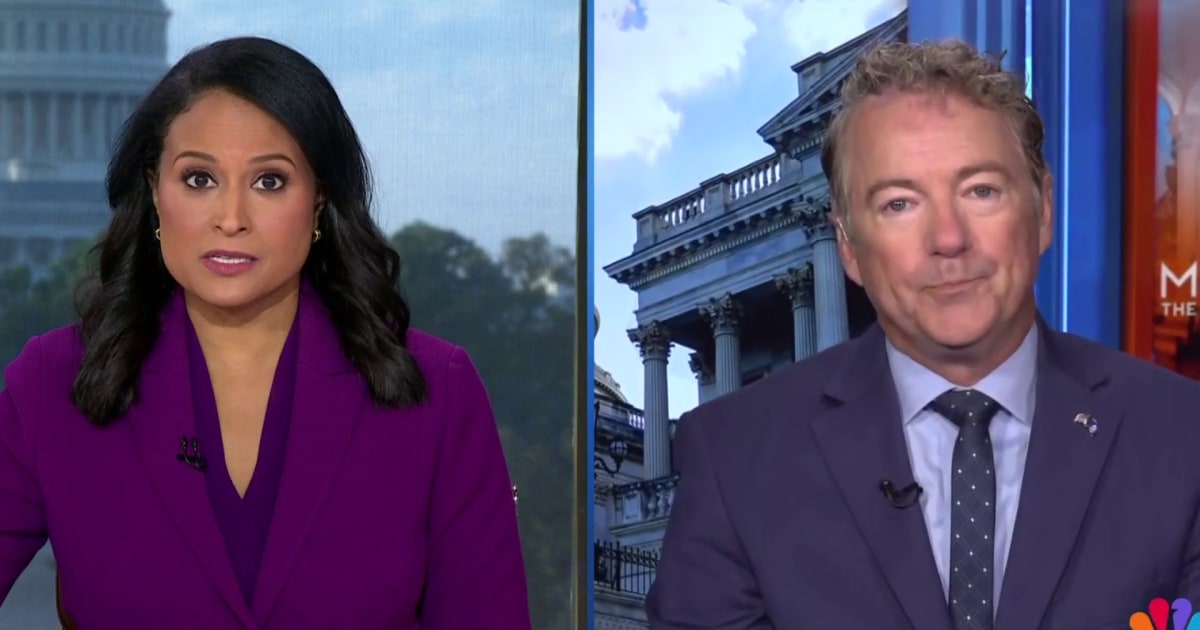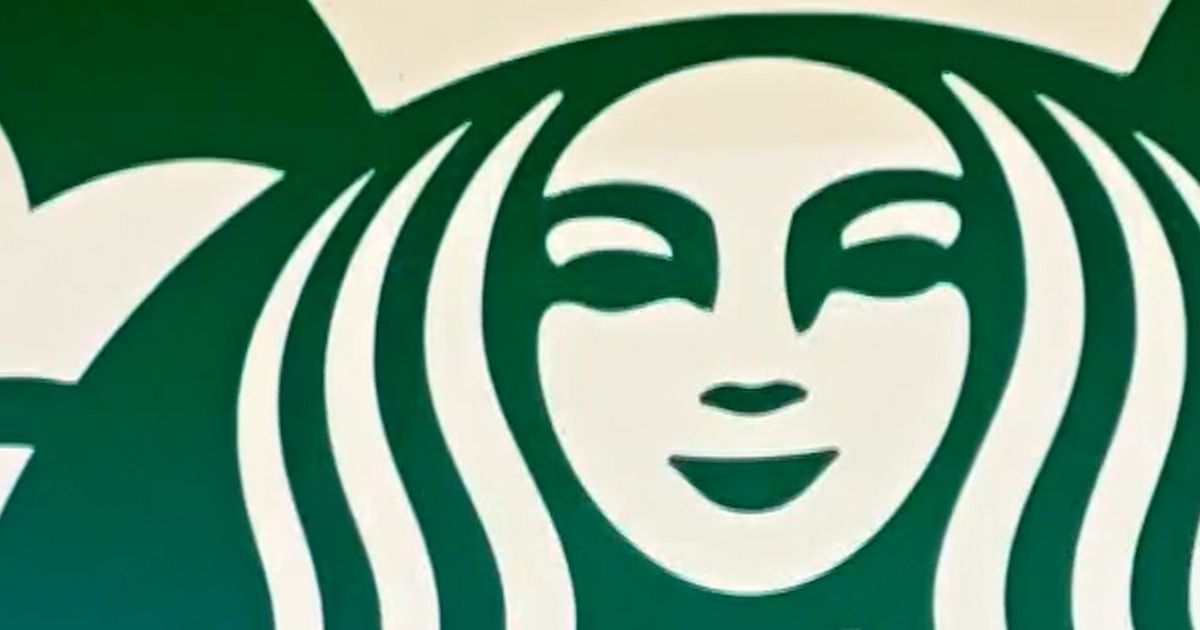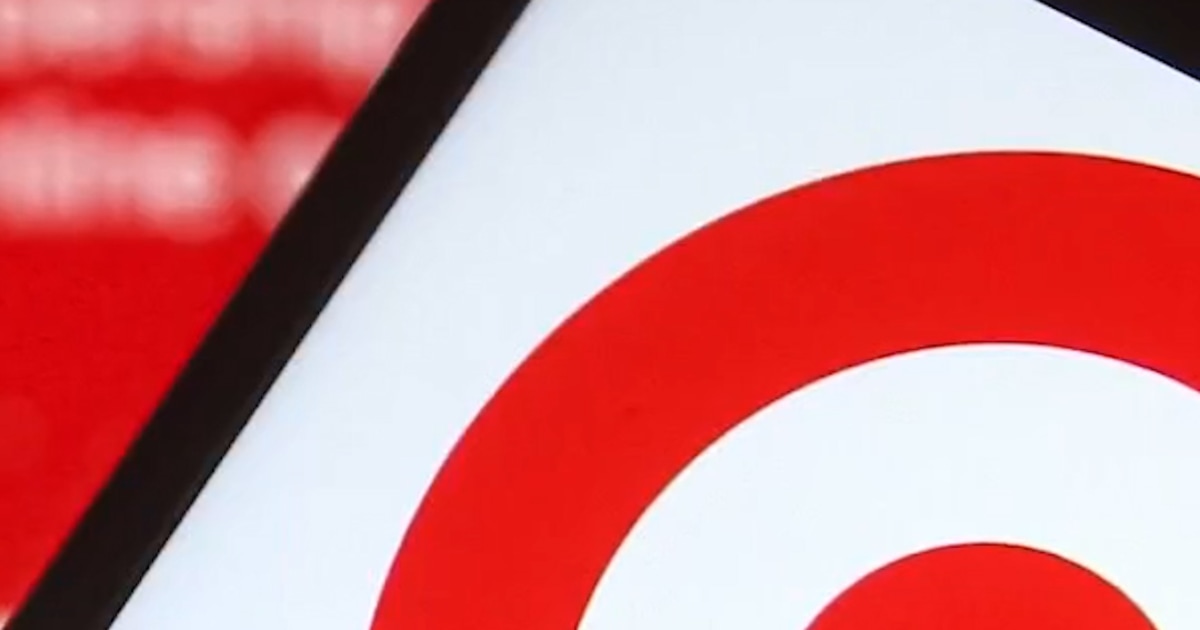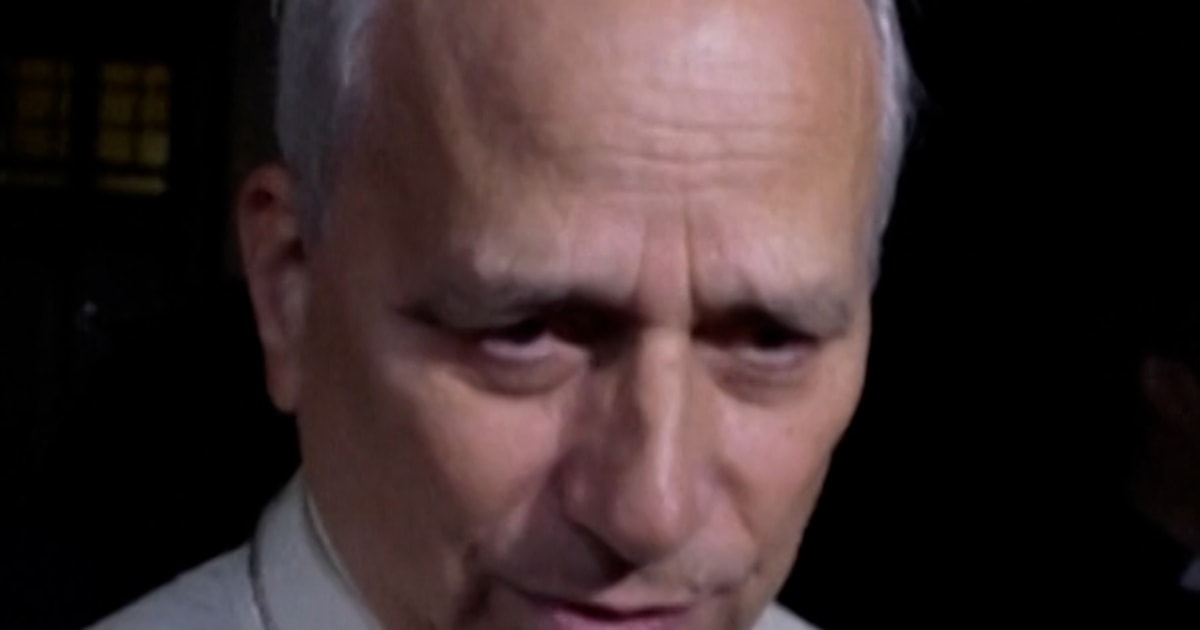A major Hollywood actors’ union condemned reports that talent agents are looking to sign AI “actor” Tilly Norwood for representation.
Source link
Sept. 30, 2025, 1:42 PM EDT / Updated Sept. 30, 2025, 3:12 PM EDTBy Matt Lavietes and Saba HamedyA major Hollywood actors’ union condemned reports that talent agents are looking to sign AI “actor” Tilly Norwood for representation. The Screen Actors Guild-American Federation of Television and Radio Artists, or SAG-AFTRA, said in a statement Tuesday that Tilly Norwood “is not an actor, it’s a character generated by a computer program that was trained on the work of countless professional performers.””It has no life experience to draw from, no emotion and, from what we’ve seen, audiences aren’t interested in watching computer-generated content untethered from the human experience,” the union said. The union blasted the AI creation for “using stolen performances to put actors out of work, jeopardizing performer livelihoods and devaluing human artistry.”SAG-AFTRA added that Hollywood producers “should be aware that they may not use synthetic performers without complying with our contractual obligations, which generally require notice and bargaining whenever a synthetic performer is going to be used,” it added.Tilly Norwood was made by the AI company Particle6 Productions, led by comedian and writer Eline Van der Velden, who announced on Saturday at the Zurich Film Festival that several talent agencies were looking to cast the AI creation in various films and shows, prompting a wave of outrage in Hollywood. Actors, including Emily Blunt, Lukas Gage, Melissa Barrera and Kiersey Clemons, have slammed the AI creation. On Monday, EGOT winner Whoopi Goldberg opened an episode of “The View” slamming it.”It’s a little bit of an unfair advantage. But you know what? Bring it on,” she said. “Because you can always tell them from us.”Meet Tilly Norwood, an AI Actress Causing a Stir in Hollywood03:06Van der Velden pushed back on the criticism on Sunday, writing in a statement on Instagram that she sees “AI not as a replacement for people, but as a tool — a new paintbrush.””AI characters should be judged as part of their own genre, on their own merits, rather than compared directly with human actors,” she wrote. “Each form of art has its place, and each can be valued for what it uniquely brings.”Van der Velden’s company, Particle6, did not immediately return a request for comment on the union’s statement. As part of a landmark deal between SAG-AFTRA and major Hollywood studios in 2023 — following a strike that lasted more than 100 days — the union and the Alliance of Motion Picture and Television Producers meet twice a year to make sure they are complying with federal regulations of AI as it continues to evolve.At The Grill, an entertainment conference in Los Angeles hosted by The Wrap on Tuesday, speakers on AI-focused panels were asked about Tilly Norwood and whether the notion of a digital actor should be taken seriously.Yves Bergquist, director of AI in media at USC’s Entertainment Technology Center, said it was “nonsense.”“AI music has been a possibility for years and years and years, and we don’t have any major AI artists out there,” he said during a panel titled “From Ideation to Innovation: AI In the Studio Pipeline.” “I think it’s a gimmick … are there going to be digital characters in certain films down the road? Yeah of course,” Bergquist said. “Are there actually going to be talent that’s digital? … No, and boo.”Matt LavietesMatt Lavietes is a reporter for NBC News.Saba HamedySaba Hamedy is the trends and culture editor for NBC News.Lindsay Good contributed.




